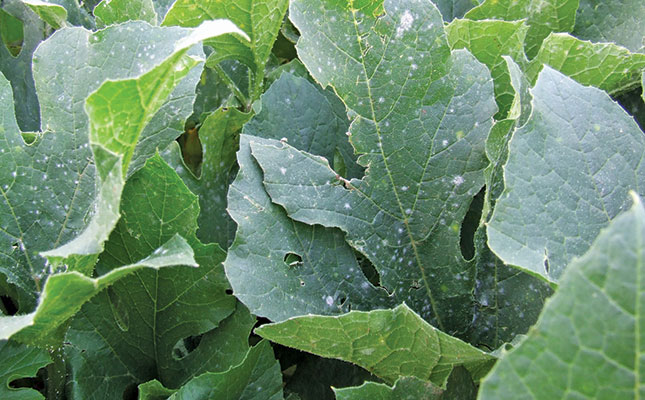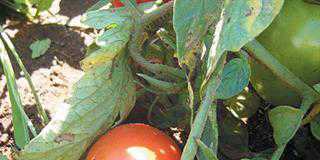
Photo: Bill Kerr
Once your pumpkins are up and growing, it’s time to consider whether you need to add nitrogen to the crop.
Variable factors such as soil condition, the amount and quality of manure applied, and soil temperature, mean that you cannot be sure how much nitrogen is available to the crop. However, if you fertilised according to the guidelines provided previously, all you should need to apply from now on is nitrogen.
To produce a good crop, the plant must grow fast and produce big leaves. Also, the quicker the plant grows and shades the ground, the fewer weeds will grow. To get the pumpkins off the mark, apply a side-dressing of LAN. One handful per three to four plants placed 10cm from the plants at about the four-leaf stage will get them growing at full speed.
Three weeks later, take note of the leaves. They should be a healthy, fairly dark green and quite large. If the nitrogen level is too low, the leaves will be a lighter colour and smaller, and the potential yield will be lower. Watch the colour and size of the leaves carefully and apply LAN when necessary to maintain the correct colour.
For maximum yield, you should also focus on water, diseases and insects.
Make sure the plants get enough water
As the plant grows, more leaves mean greater water loss, which means you need to irrigate more frequently. It’s also important to apply water before the plant starts to wilt.
Well-watered plants have a healthy, shiny appearance, while thirsty plants are darker in colour and duller. This usually starts in patches. When you see this, don’t wait – irrigate immediately. You will see the difference the next day.
Treat Powdery mildew immediately
Disease control is crucial for maximum yield. Typically, the crop starts off healthy, but as it becomes more mature, it becomes susceptible to powdery mildew. Moreover, later plantings tend to get this disease at an earlier stage.
Powdery mildew first manifests as white patches under the older leaves and spreads rapidly. Don’t wait until it gets bad – look out for it and apply a fungicide spray as soon as you see the first symptoms.
Use a suitable systemic fungicide and spray the crop every 10 days after you have identified the problem. It’s important to use a systemic product as it’s too difficult to wet under the leaves, especially with a knapsack sprayer. Make sure that every leaf is wetted.
Pumpkin fly – a serious pest
The final thing to look out for is pumpkin flies. These lay eggs under the skin of developing fruit, destroying it or making it unmarketable.
If you see any sting marks on the fruit, spray the entire plant with Lebaycid, making sure the fruit is also wetted.
If these precautions are taken, pumpkins are easy to grow.













